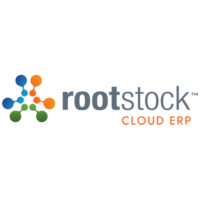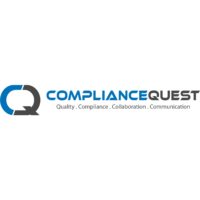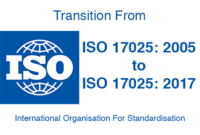A product recall is the removal of a defective product from the market because it can cause harm to the consumer or place the manufacturer at risk of legal action.
Although a recall is not something that companies want to be related to, preparing for it is very critical and it is an important part of crisis management.Product recalls can cost companies million dollars in profit loss and civil damages. The company senior management and employees can also face criminal action, if the investigation shows negligent acts. The company will also face loss of reputation and the trust of its customers.
Although a recall is not something that companies want to be related to, preparing for it is very critical and it is an important part of crisis management.
There are several phases when preparing a recall strategy:
Planning Phase
During the planning phase, a recall plan is developed. A recall plan is the procedure that will be followed by an appointed company’s team during an actual recall. A good recall plan will have the following components:
- Definitions of the type of products recalls. According to federal regulations, there are three types of recalls. The company should know what type of recall they are performing to understand the risk the consumer is facing.
- A Recall Team. The recall team is the key stakeholders that are responsible for different processes within the company. A good recall team will be multidisciplinary. A multidisciplinary team is a group of people that have different responsibilities within the manufacturing site (i.e. Receiving Manager, QA Manager, etc.) and/or outside (i.e. Legal Counsel, Public Relations, etc.)
- A description of the recall team member’s responsibilities must be outlined. A recall coordinator and a backup should be assigned to ensure that there is one person organizing all activities during the recall.
- A Communication Plan. It is important that only the appointed person that has the responsibility of external communications (i.e. media, regulators, customers, key stakeholders, etc.). In addition, there should be only one person appointed to handle all the communication within the team (internal communications.)
- Documents to be used during the recall are:
- Communication documents: Letters to customers, regulators and media must be drafted and kept on hand for use during the crisis.
- Forms that will be used to keep track of product inventory on hand (still in the site), product being returned and product being destroyed.
- A Traceability Procedure should be in place to ensure that materials used in the manufacturing of the finished good can be traced from the time of the delivery to the facility and throughout the product manufacturing process. In addition, traceability must also be provided for finished goods from the manufacturing site to its first point of distribution. This is known as traceability one step back (materials used) and one step forward (first point of distribution.)
- A description of (or reference to) product quarantine (product hold) procedures that must be followed to ensure that the product that is still at the site do not leave the facility.
- Product Destruction The company must outline (or reference) how product will be destroyed during a recall process.
Implementation Phase
There are three processes that need to be followed when implementing the recall plan:
- Training: The recall team must be trained on their roles and responsibilities. Employees working at the site will be receiving directives from the appointed recall team members. It is also important that they are aware about the recall plan and understand the importance of urgency during the situation.
- Exercise: It is important that the company doesn’t wait until the incident occurs to ensure that everyone in the team understands their roles and responsibilities during the recall. Therefore, annual testing of the procedure is imperative. This implies creating a “mock recall” situation and providing the information to the team to evaluate if they fully understand their role and responsibilities. This also allows the testing of the traceability protocols and systems that have been put in place by the site. Ensure that the team understands that this is an exercise and not an actual recall. You don’t want the team members going through the emotions that an actual recall gives. However, stress the importance of their participation during this exercise. You do not communicate to customers, media or regulators during a recall exercise.
- Execution: This is the actual recall and full implementation of the plan. During the actual recall, you communicate to the regulators, customers and media. The company must also conduct daily recall effectiveness checks by using the forms developed for tracking product inventory, recovery and destruction.
- Identify root cause and implement corrective actions. Root cause(s) will be identified during the recall process by analyzing the information resulting from the investigation of the incident. Regulatory agencies will actively participate in the discussion for identifying in the implementation of corrective actions.
Improvement Phase
The recall team should always meet after the recall exercise or the actual recall incident. The team must evaluate what positive or negative outcomes resulted from the process. If there are gaps identified, these need to be closed, so the process is improved.



























